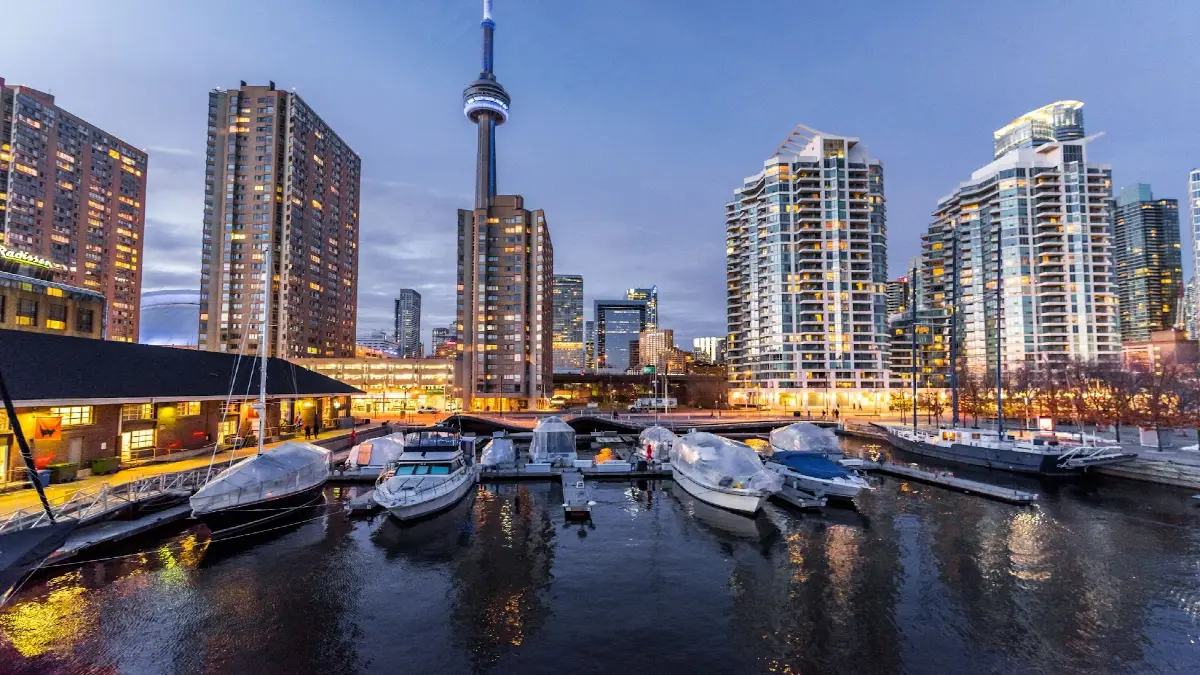Last Updated on September 25, 2017 by Bharat Saini
Sardar Sarovar Dam, a gravity dam on the Narmada River near Navagam, Gujarat and one of the largest dams in the world, was dedicated to the nation by Prime Minister Narendra Modi on the occasion of his 67th birthday on Sunday September 17, 2017. A vision of the first deputy prime minister of India Sardar Vallabhbhai Patel and its foundation stone was laid out by Pandit Jawahar Lal Nehru on April 5, 1961; has been the subject of much controversy for decades and no other project in the world has faced such hurdles. Having a length of 1.2 kms and a depth of 163 metres, the benefits of dam will to be shared among the states of Madhya Pradesh, Maharashtra, Rajasthan and Gujarat. The project has the potential to feed as many as 20 million people, provide domestic and industrial water for about 30 million, employ about 1 million, and provide valuable peak electric power in an area with high unmet power demand (farm pumps often get only a few hours of power per day). Currently the height of the dam has been raised to 138.68 metres from its earlier 121.92 metres, with a usable storage of 4.73 million acre feet of water.
Sardar Sarovar Project will provide following benefits:
- Irrigation facilities in Gujarat to 18.45 lac ha of land, covering 3112 villages; Rajasthan to 246000 ha of land in the strategic desert districts of Barmer and Jallore and Maharashtra to 37,500 ha in the tribal hilly tract of through lift. About 75% of the command area in Gujarat is drought prone while entire command in Rajasthan is drought prone. Assured water supply will soon make this area drought proof.
- Drinking water to 131 urban centres and 9633 villages i.e., 53% of total 18144 villages of Gujarat, within and out-side command in Gujarat for present population of 28 million and prospective population of over 40 million by the year 2021. All the villages and urban centres of arid region of Saurashtra and Kachchh and all “no source” villages and the villages affected by salinity and fluoride in North Gujarat will be benefited.
- Water supply requirement of several industries will also be met from the project giving a boost to all-round production
- Two power houses: River Bed Power House and Canal Head Power House with an installed capacity of 1200 MW and 250 MW respectively will provide power to three states: Madhya Pradesh – 57%, Maharashtra – 27% and Gujarat 16%. This will provide a useful peaking power to western grid of the country which has very limited hydel power production at present. A series of micro hydel power stations are also planned on the branch canals where convenient falls are available.
- Flood protection to riverine reaches measuring 30000 ha covering 210 villages and Bharuch city and a population of 4 lakh in Gujarat.
- Wild life sanctuaries “Shoolpaneshewar wild life sanctuary” on left Bank, Wild Ass Sanctuary in little Rann of Kachchh, Black Buck National Park at Velavadar, Great Indian Bustard Sanctuary in Kachchh, Nal Sarovar Bird Sanctuary and Alia Bet at the mouth of River will be benefited.
- Additional Production: SSP would generate electricity. On completion, annual additional agricultural production would be Rs. 1600 crore, power generation and water supply Rs. 175 crore, aggregating about Rs. 2175 crore every year equivalent to about Rs. 6.0 crore a day.
- Seven Tribals would get benefits against one displaced Tribal.
- In addition, there will be benefits of fisheries development, recreational facilities, water supply for industries, agro industrial development, protection of conserved forest from grazers and secondary benefits viz employment generation, increase in vegetal cover in 3.4 M. Ham. of GCA, gains due to compensatory forest, tree plantation 100 times and Carbon Dioxide (CO2) fixation to large extent by 70 times.

